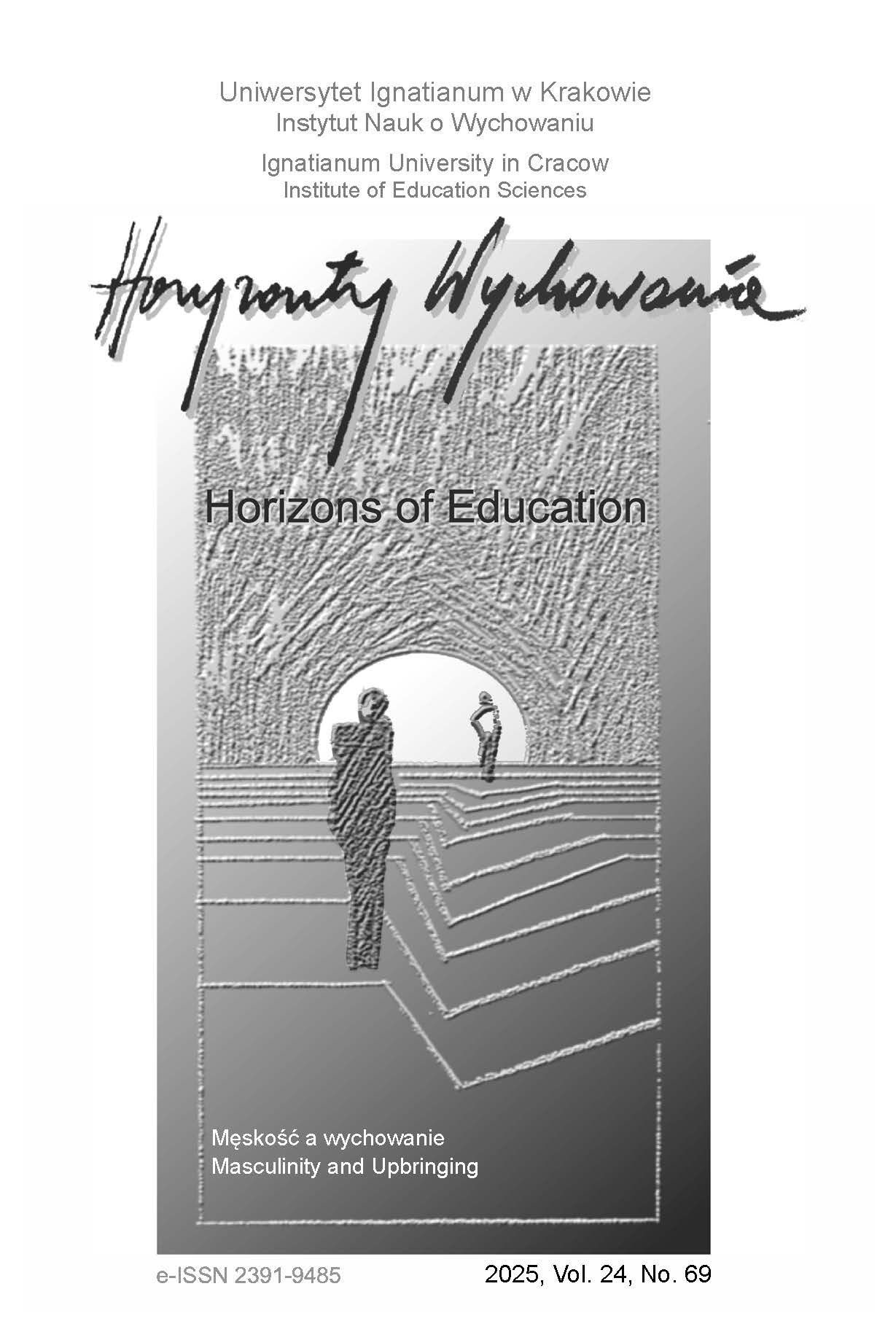Bilingualism of Students in Kazakhstan as a Challenge
for Inclusive Education
Bilingualism of Students in Kazakhstan as a Challenge
for Inclusive Education
Author(s): Dorota Podgórska-Jachnik, Kenżegalijeva Aidana Zhenisovna, Mukhieva Gulmira SeytmukhanbetovnaSubject(s): Inclusive Education / Inclusion, Sociology of Education
Published by: Uniwersytet Ignatianum w Krakowie
Keywords: bilingualism in psycholinguistics; kazakh-russian bilingualism; pisa; inclusive education; education in kazakhstan;
Summary/Abstract: RESEARCH OBJECTIVE: The objective of this article is to present the issue of Kazakh-Russianbilingualism as it relates to inclusive education in Kazakhstan. The study aims to gain insight intoparents’ perspectives on bilingualism and its role in their children’s development.THE RESEARCH PROBLEM AND METHODS: Bilingualism in Kazakhstan is a significant chal-lenge for the education system, particularly as the country undergoes a process of linguistic der-ussification. The main research question is: How do parents in Kazakhstan perceive the bilingualenvironment in which their children are developing? The study was conducted with Kazakh parents(N=107) using a bilingual online survey.THE PROCESS OF ARGUMENTATION: The theoretical section describes the linguistic situa-tion in Kazakhstan and the changes that have taken place in this context. Bilingualism has beendescribed as a unique factor that can either enrich or impoverish a child’s development. The studycompares students’ low reading scores (PISA) with potential difficulties resulting from bilingualism.The empirical section presents the findings from the research.RESEARCH RESULTS: Parents reported that their children speak primarily Kazakh (49.5%),followed by Russian (35.5%), and both languages (14%). Most children (73.8%) are surroundedmainly by the Kazakh language at home and at school. A significant majority of parents (90.7%) want their children to speak English in the future. For most parents, bilingualism is seen as a posi-tive phenomenon; however, a small percentage (9.3%) view it as a potential threat to their children’sdevelopment.CONCLUSIONS, RECOMMENDATIONS, AND APPLICABLE VALUE OF RESEARCH: Thefindings of this study can be used to inform further research on the developmental and social ef-fects of bilingualism in Kazakhstan. They can also help educate teachers about the diverse needsof multilingual students, both in Kazakhstan and beyond.
Journal: Horyzonty Wychowania
- Issue Year: 23/2024
- Issue No: 68
- Page Range: 95-107
- Page Count: 13
- Language: English

